Forests inhabited by brown bears, raw mountains resembling Dolomites, and barely a trace of tourism – it’s not how you imagine Greece, is it? Up north, you will find the best-kept Hellenic secret: the Pindus Mountains – an extraordinary cycling destination most people have never heard of. With empty roads, quaint Zagori villages and welcoming people, bike touring in the Pindus Mountains was one of the most incredible adventures I’ve had in the last few years.
No kidding, this is not just marketing enthusiastic BS. Once I entered the Pindus National Park, I instantly felt this place was different from anywhere I’ve been.
Where are the Pindus Mountains?
The Pindus Mountain range stretches from the Greek-Albanian border to the north of the Peloponnese. The highest mountain of Pindus is Mount Smolikas, which, 2637 metres above sea level, is the second highest mountain in Greece, after Mount Olympus.
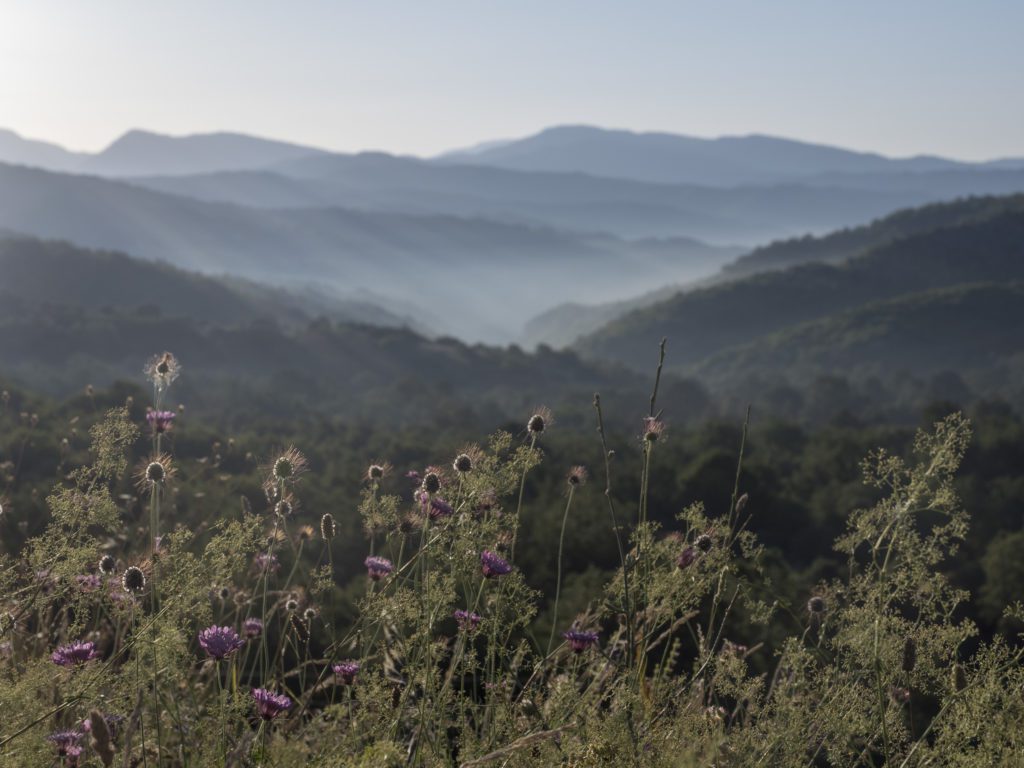
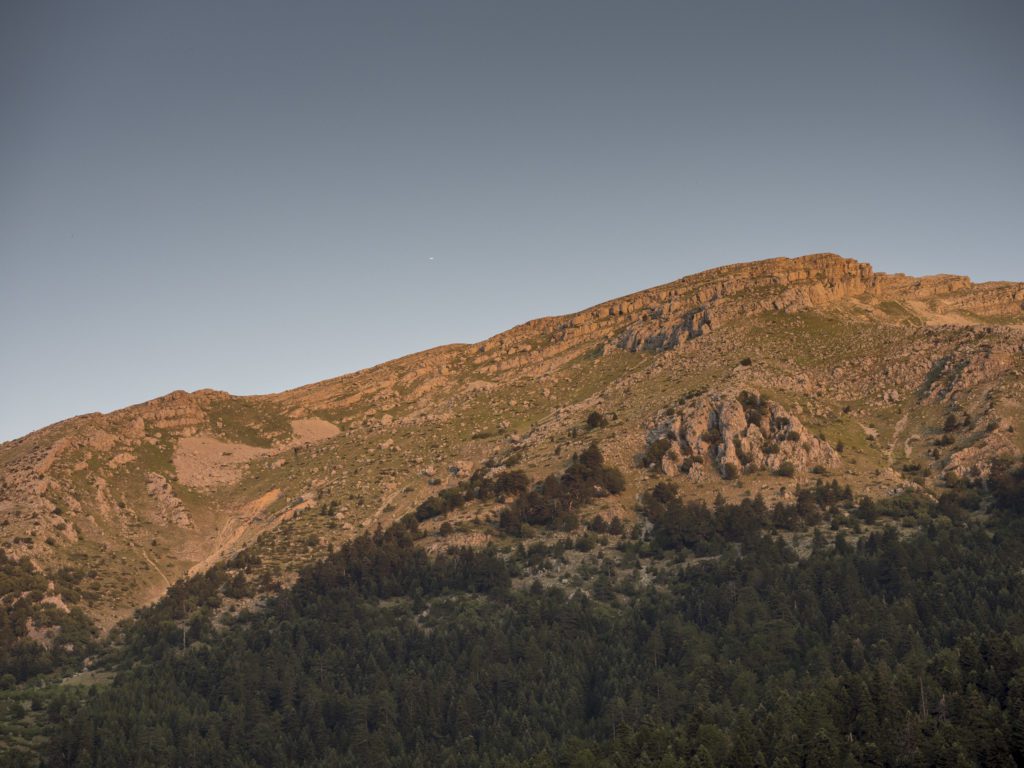
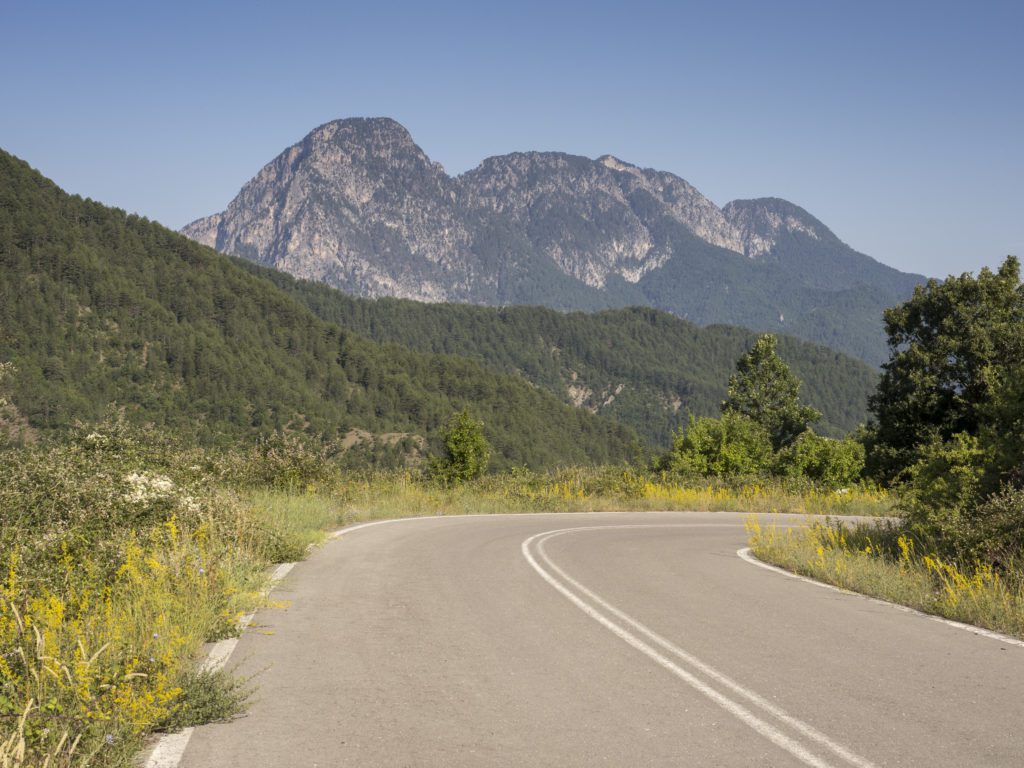
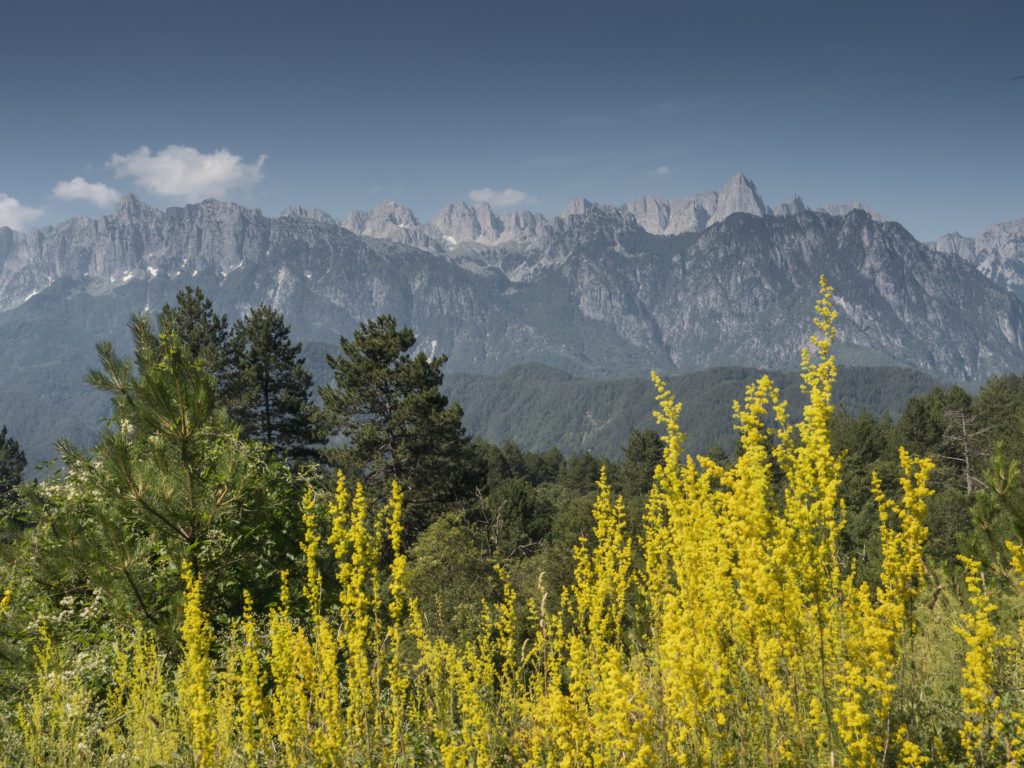
Jak dojechać?
Samolotem
The nearest airport to Pindus National Park is the airport in Ioannina. If you’re travelling from abroad, it’s easiest to land in Athens and take an Olympic Airlines flight to Ioannina. Taking a bicycle on a plane with Olympic Airlines costs 55 euros.
A much more straightforward way to get to Pindus is to fly to Thessaloniki. There are plenty of connections to Thessaloniki from all major European cities, many of them by low-cost carriers like RyanAir and WizzAir.
Taking a bicycle on a train in Greece
Cycling from Thessaloniki to Metsovo in Pindus National Park will take about three extra days. If your time is limited, you can take a train to Florina and cycle first from the mountains of Verno south towards the Pindus.
Up to 2 bicycles are accepted with no additional costs on this route.
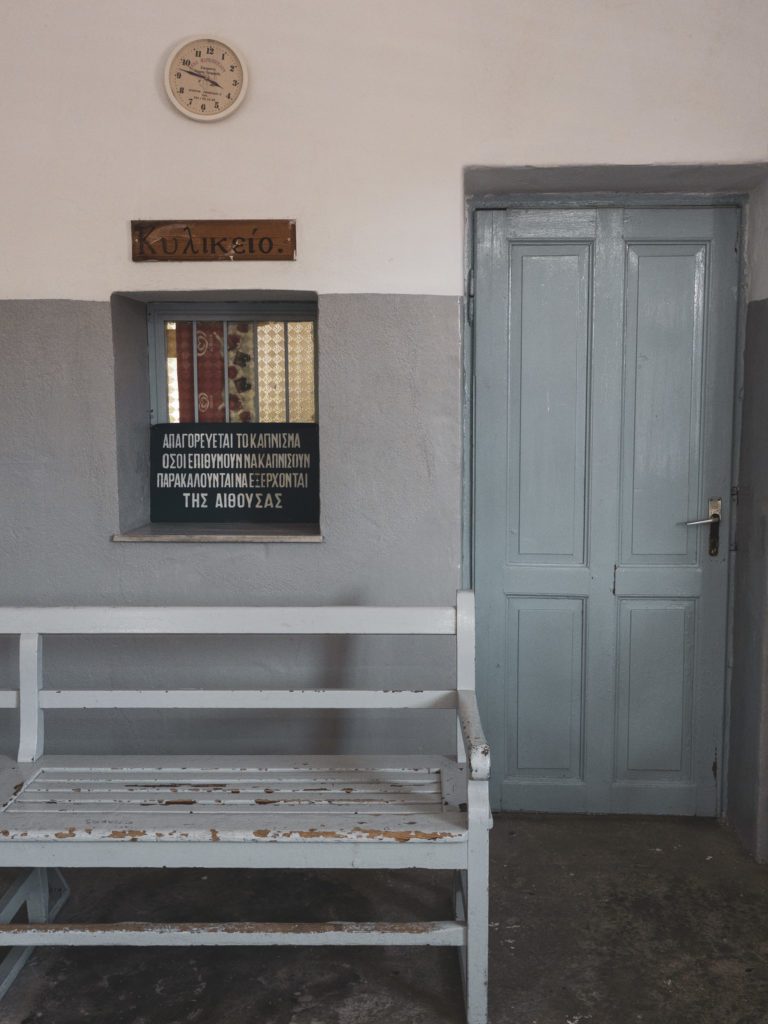
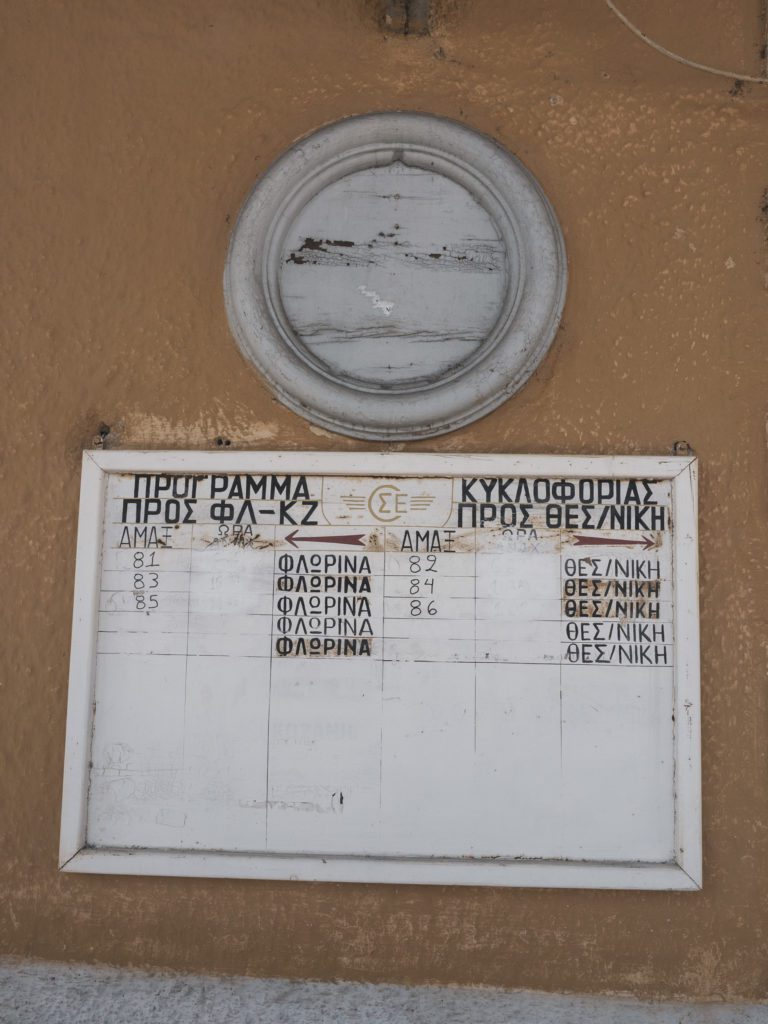
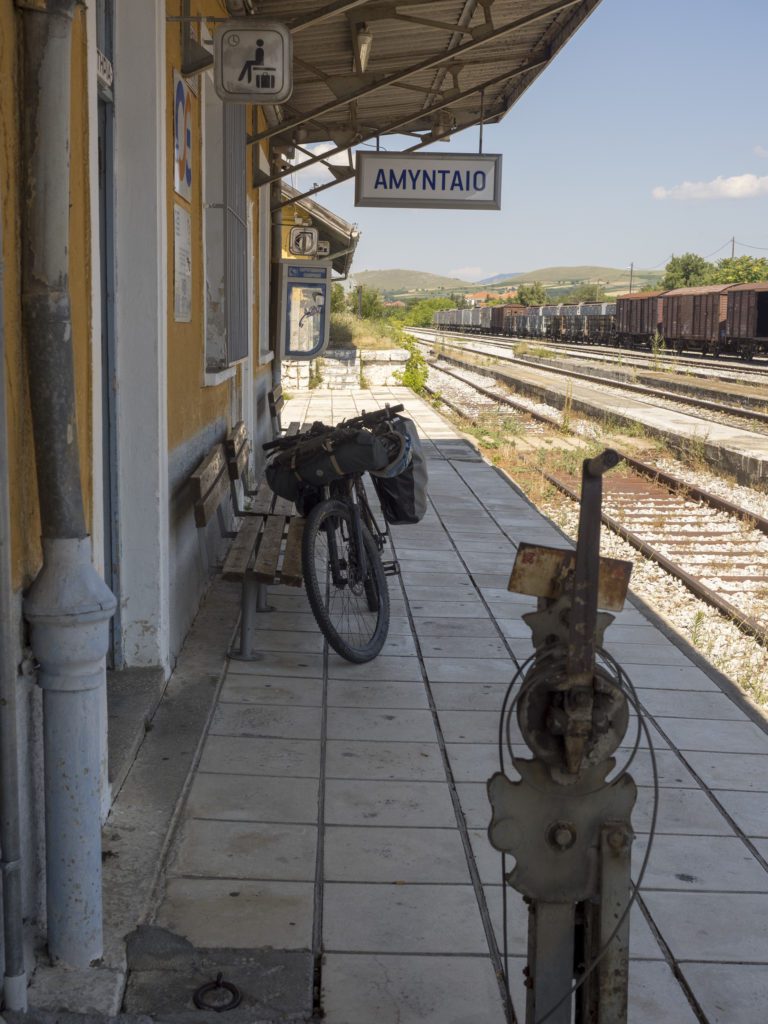
If you’re arriving in Athens, you can take a direct train to Kalabaka and start your trip by visiting the spectacular monasteries of Meteora. If you decide on this option, book your train tickets in advance. Meteora is a beloved destination, so especially if you’re travelling in the high season (from May to September), a seat reservation is necessary!
The fare for bike transportation on Greek trains is 5 euros. Unfortunately, you cannot add the bicycle to your ticket reservation, so you’ll have to purchase your bike ticket either at the train station or from the train conductor. If the train is full, there is a chance you won’t be able to embark on the train with your bike.
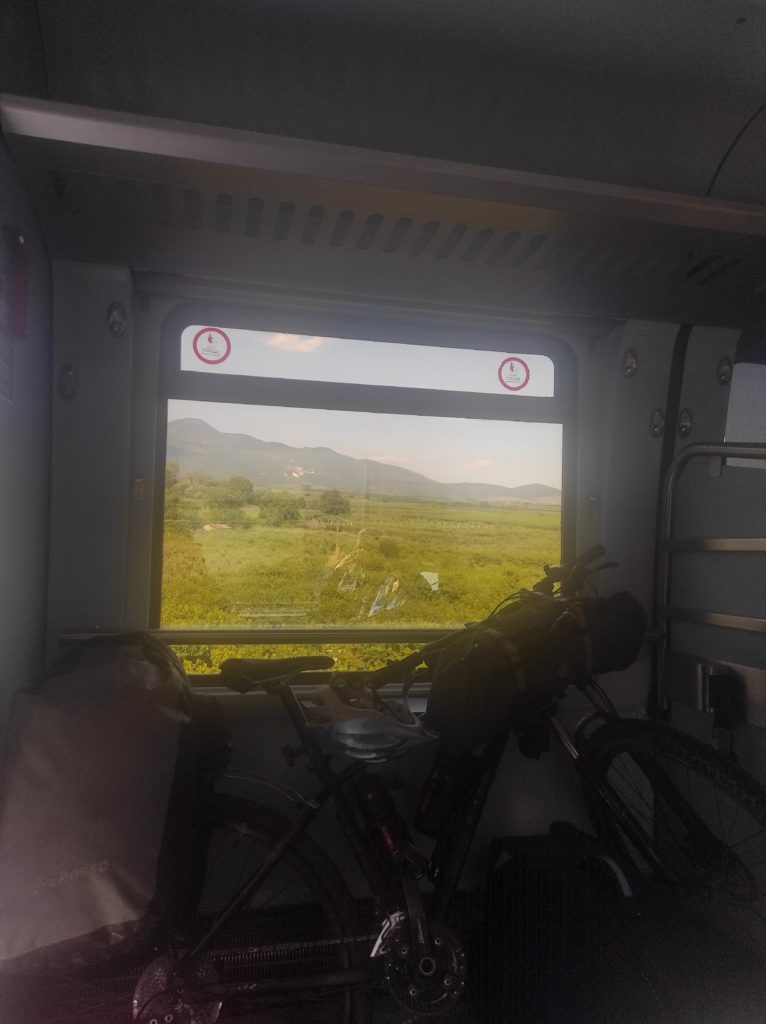
You can find more details on the official website of the Hellenic Railways.
There are unfortunately no trains to Ioannina.
Bike rental in the Pindus Mountains
If you’re not coming to Greece with your bike, you can rent one in Ioannina for about 16 euros daily.
Safety
Shepherd dogs
The Greek stray and shepherd dogs are some of the most ferocious I’ve ever met. You can meet a lot of them in the Pindus Mountains. Be prepared that you might run into a pack of them, as they are very protective of their flock.
Different people have different recommendations on how to deal with them. Having some stones in your handlebar that you can throw in their direction (NOT into them!) should work. Some cyclists told me flushing water in their faces helped, too. You might want to carry pepper spray, too, as it might be helpful to protect yourself from another creature…
Bears
Most people don’t associate Greece with bears, but this country has over 450 brown bears. The majority of the population lives in the Pindus Mountains. Despite the popular myths, they are not bloodthirsty and dangerous, but there are a few rules to follow when cycling and camping in bear territory.
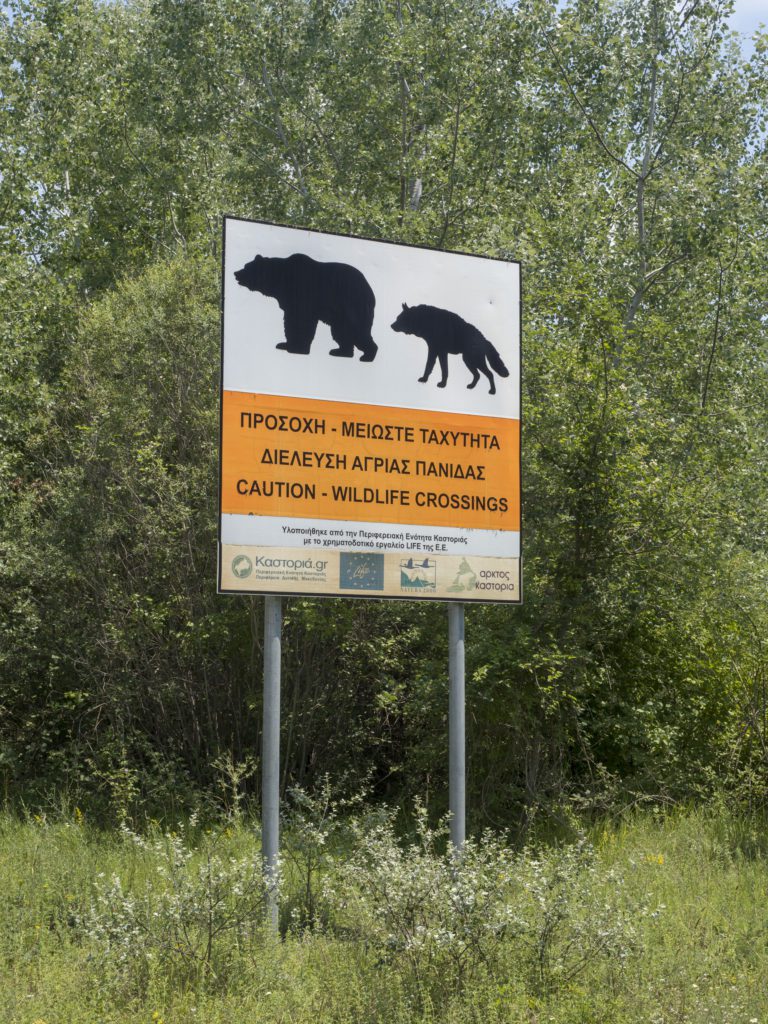
Forget about hammock camping – the bears might get curious about a weird creature sleeping in the open air.
Never store your food inside your tent. Pack it in a tight bag (you can use a bear bag that keeps the smell in) and hang it on a tree. Change your clothes after cooking and store them in a bag as well. The rule of thumb is – everything that smells should be out of your tent.
When cycling, especially alone and in the evening, try to make some noise (singing or talking) to announce your presence. This way, you will avoid surprising the bear and scaring him.
Is the Pindus safe for solo female travellers?
I cycled through the Pindus Mountains on my own, and I did not feel in danger or experience any uncomfortable situations.
People in the Zagori region are kind and hospitable, and even when camping alone, I felt at ease.
Of course, you should take the usual precautions (I mention the most important rules for camping alone as a woman in this article).
Terrain and safety on the roads
One of the best things about cycling in the Pindus Mountains is the endless mountain roads with barely any cars. There are plenty of paved roads and even more gravel roads of excellent quality.
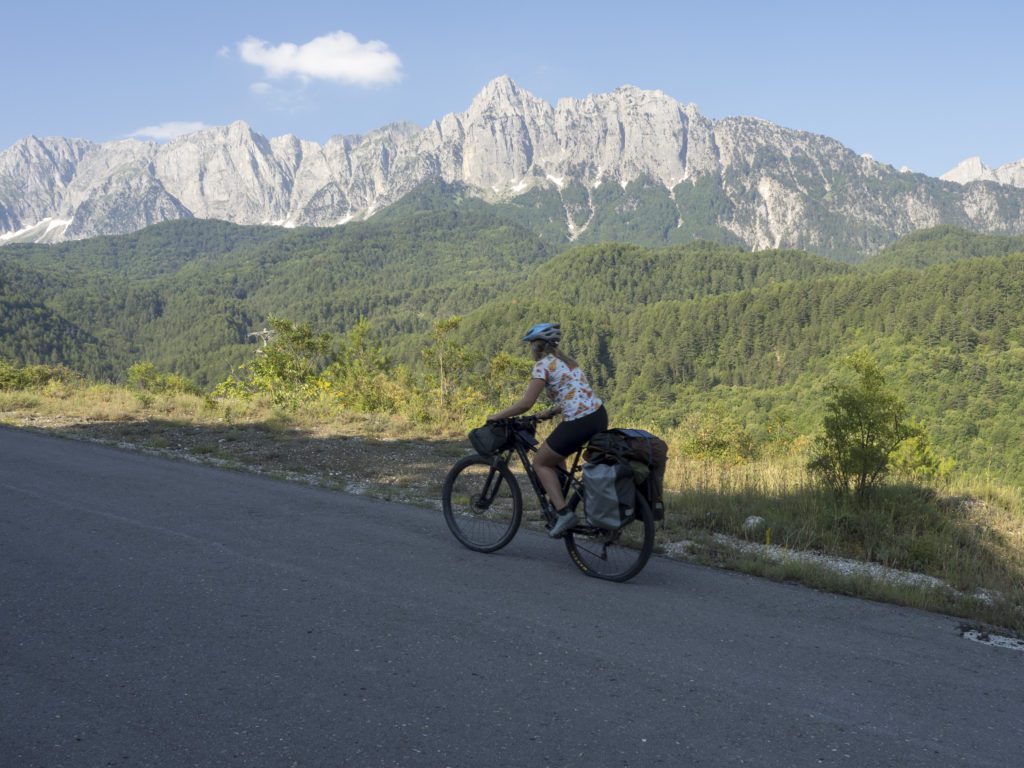
Jedzenie i dostęp do wody
Once you enter the Pindus region, there are few opportunities to restock your food supply. There are a few villages spread around the mountains, but they don’t have supermarkets or shops. Some of them have small restaurants.
Get enough food in Ioannina, Konitsa, Metsovo or Karpenissi. Once you leave these towns, finding food might be more challenging than you’d expect.
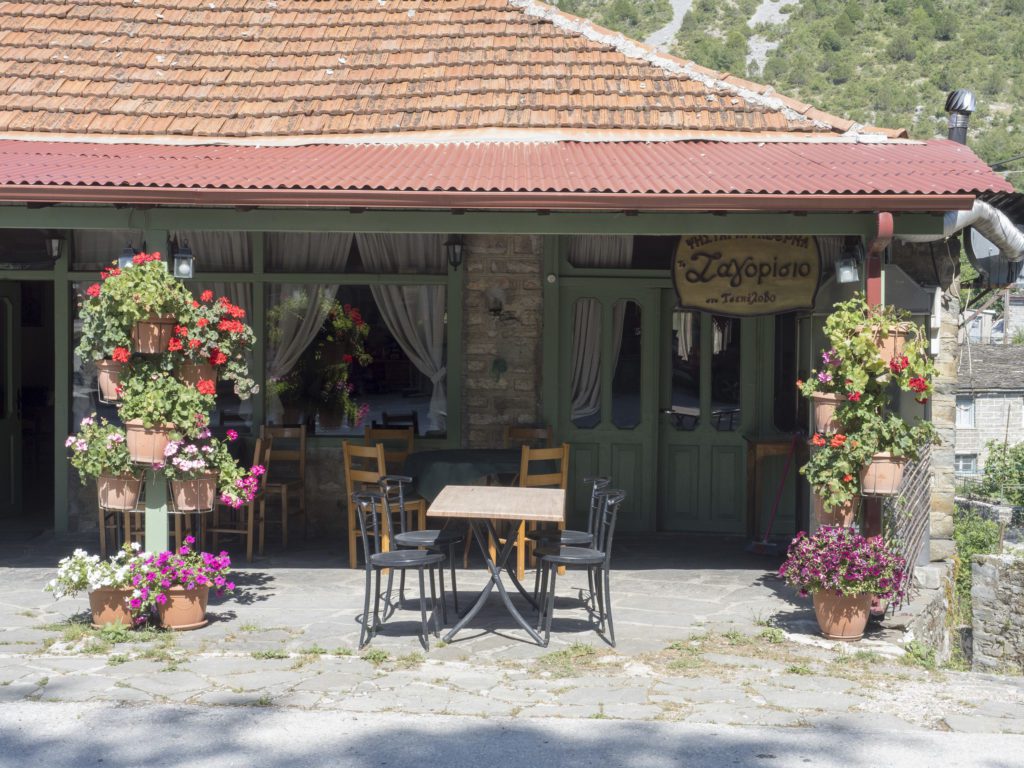
Water is surprisingly easy to find, as the mountains have plenty of springs and fountains. I only had trouble (big trouble) keeping myself hydrated when riding road number 20 from Konitsa to Kastoria. The valley was dry and hot, and for 40 kilometres, there was no source of water and no houses to ask locals for it.
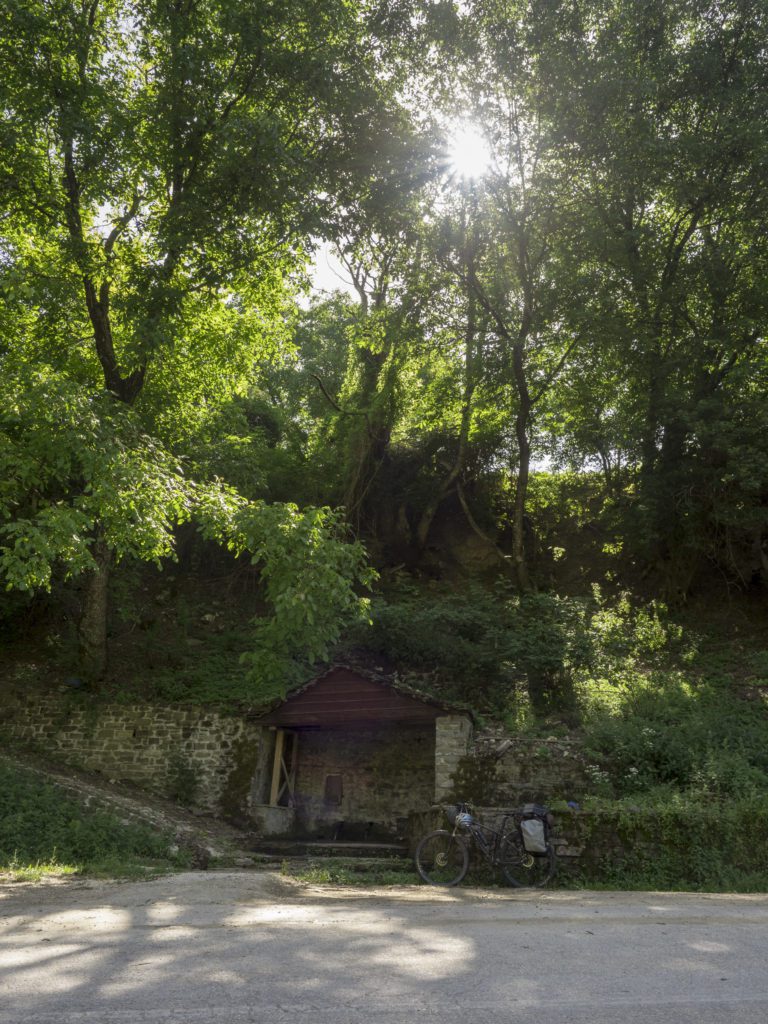
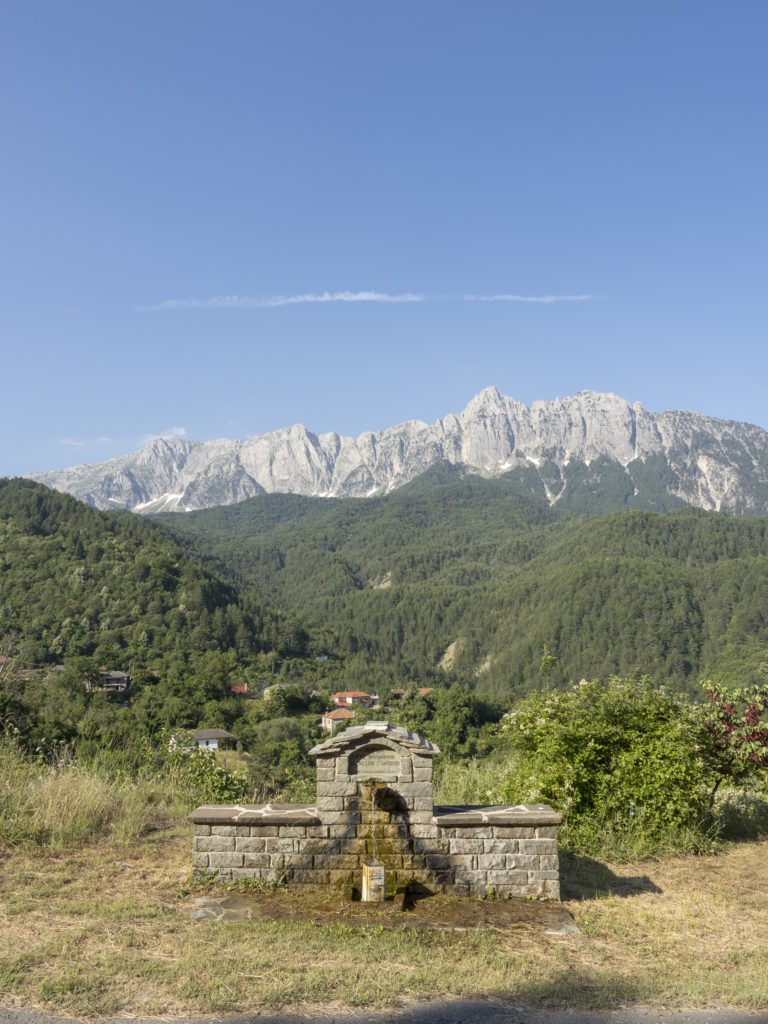
Pogoda
The best time for cycling and bicycle touring in the Pindus mountains is from April to October. The weather is significantly milder than elsewhere in Greece. Even in the summer, it was pretty enjoyable to cycle there, although July and August can be scorching in the lower parts and the valleys.
If you’re camping, bring warm clothes, as the nights up in the mountains can get chilly!
Spanie na dziko
Although theoretically illegal in Greece, wild camping in the Pindus Mountains is easy and widely accepted.
You shouldn’t have issues finding a quiet spot to pitch your tent. Stay away from pastures to avoid annoying the shepherd dogs, and check for any traces of bears before you set up your camp.
Setting a camp near trails in the forest or by lakes and rivers is risky, especially if you notice any trails of bears.
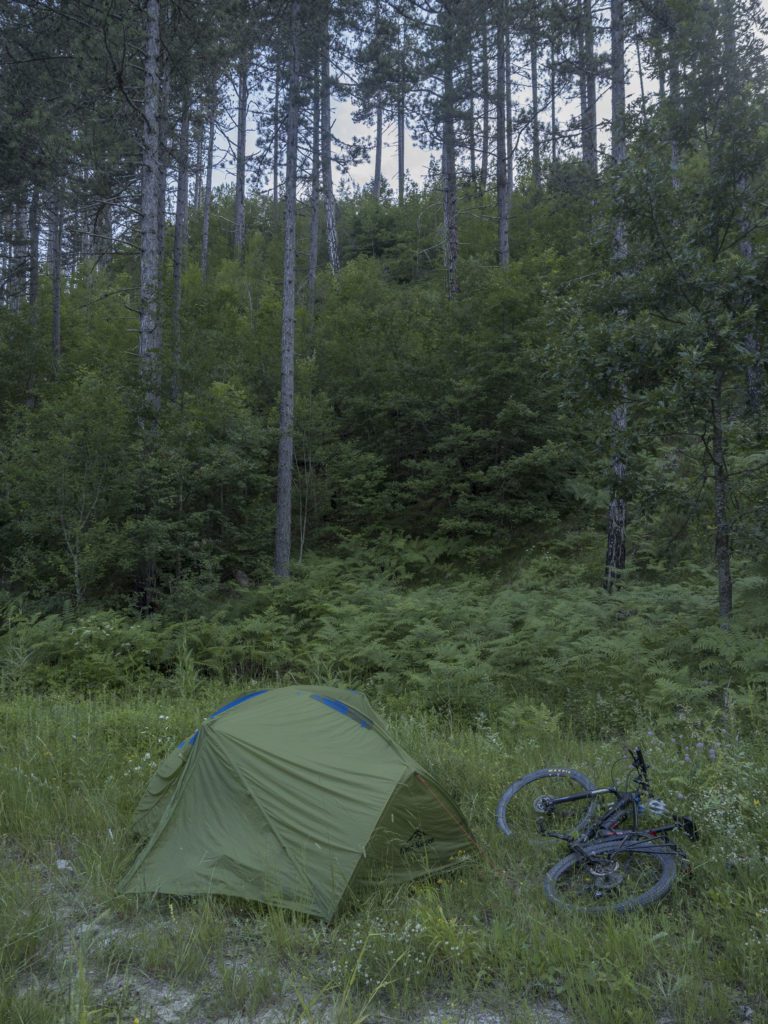
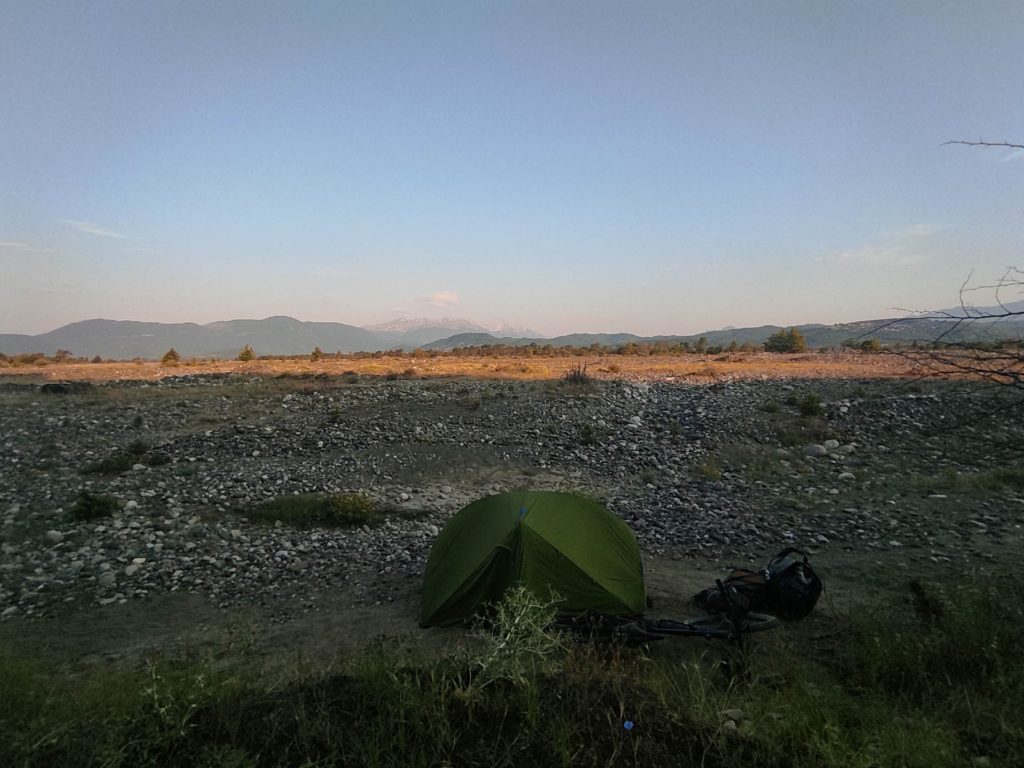
Paid accommodation
There are no official campsites in the Pindus mountains, but you can pitch your tent for 5 euros at Free Inn Zagori. You can also rent a room there. The owner, Theo, is a passionate cyclist, so you can be sure he will give you good advice on your route. It’s best to call him before you arrive to check if he’s around.
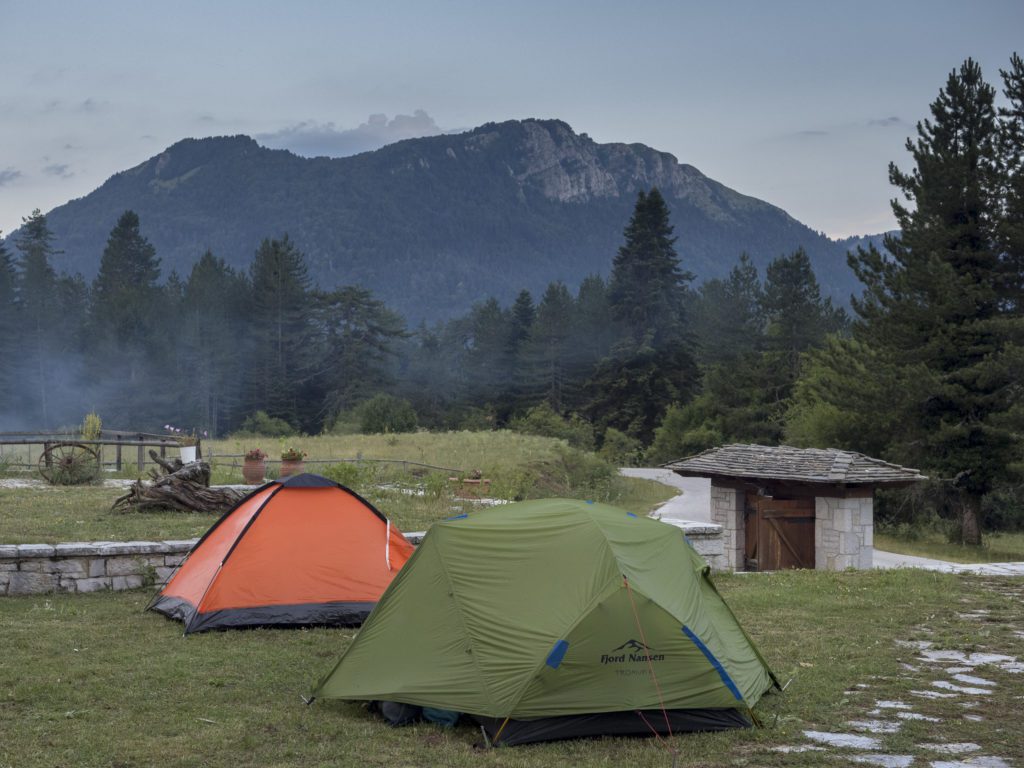
If you choose to stay in hotels and guesthouses, expect to pay between 50 and 100 euros for a double room. There are no hostels and low-cost accommodation options in this area.
The highlights and best cycling routes in the Pindus Mountains
Lake Aoos on the way from Vovousa to Metsovo
An artificial lake created by a dam on the River Aoos is easily accessible by bike. The lonely route from Vovousa to Metsovo offers kilometres of solitude on decent asphalt among trees and meadows.
Vikos Gorge
The deep and narrow Vikos Gorge is an astonishing geological formation, famous not only for its landscape but also for its rich wildlife (it’s one of the rare places in Greece where you can spot chamois!).
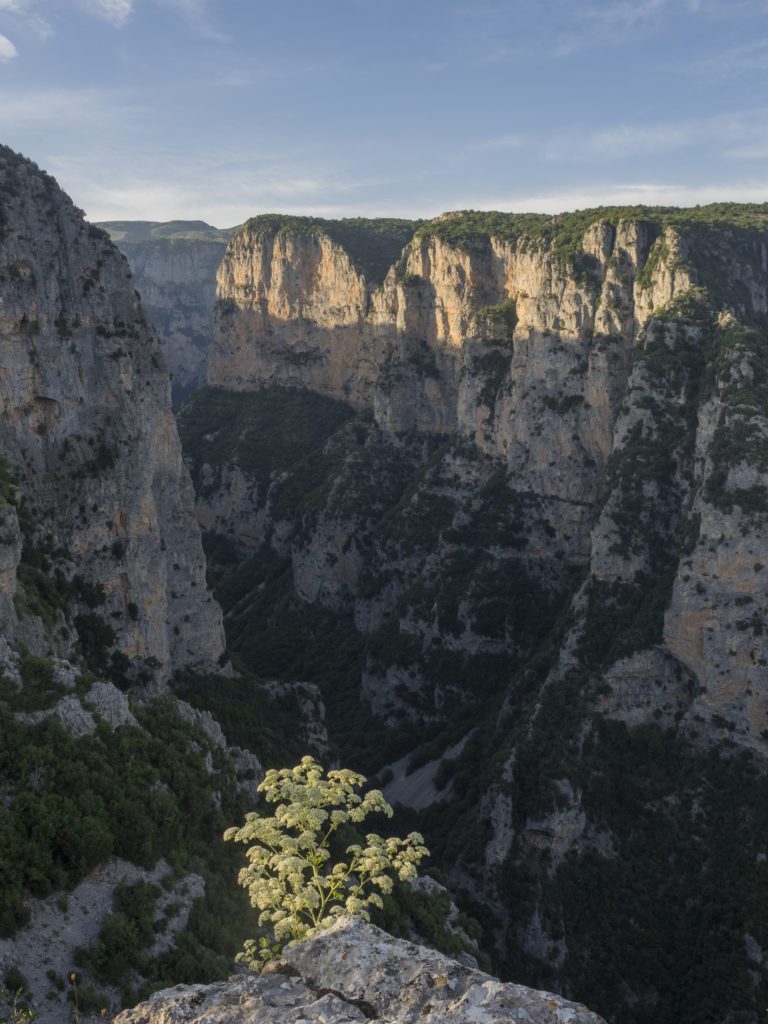
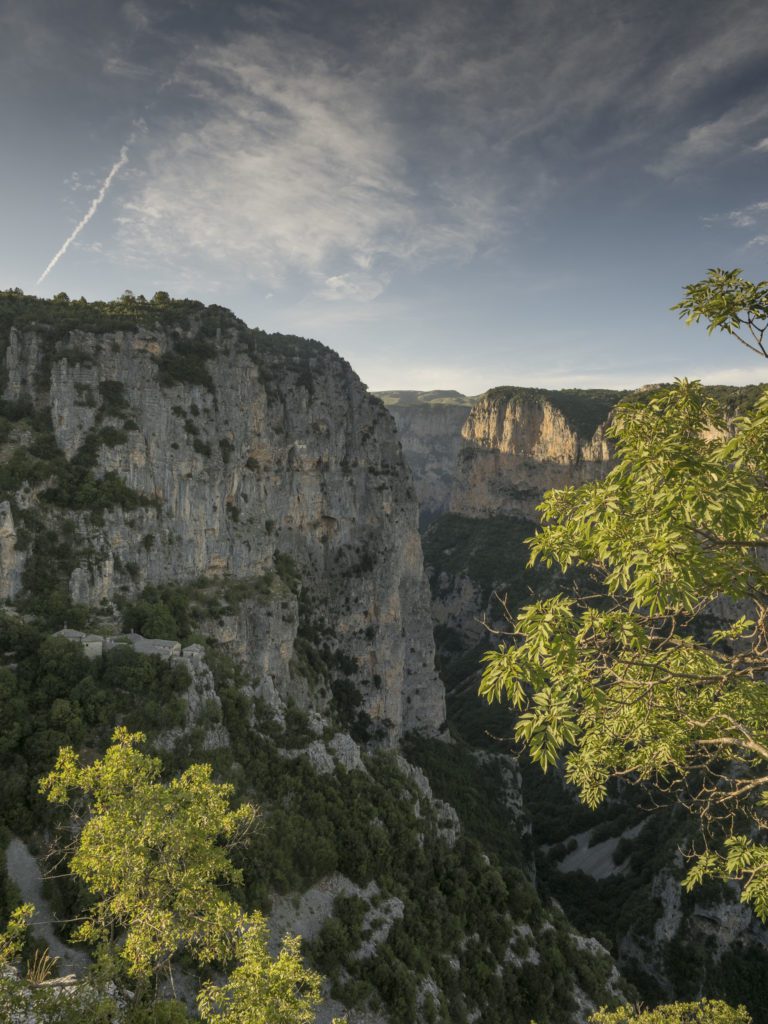
Villages of Zagoria
The region of Zagoria is famous for 46 villages tucked into the lush hills of the mountains. Cycling up the cobbled streets will make you sweat, but you won’t regret it once you see the fairytale stone houses.
Papigo, Vitsa, and Tsepelovo are the most beautiful villages, but every other settlement in this region hides some secrets.
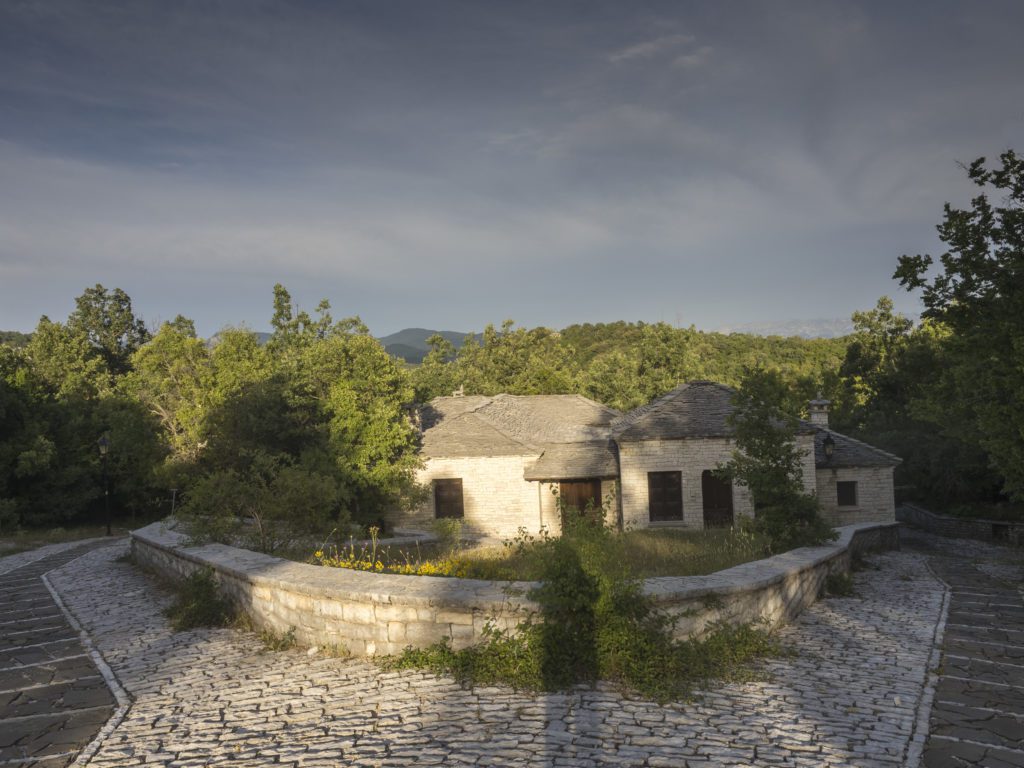
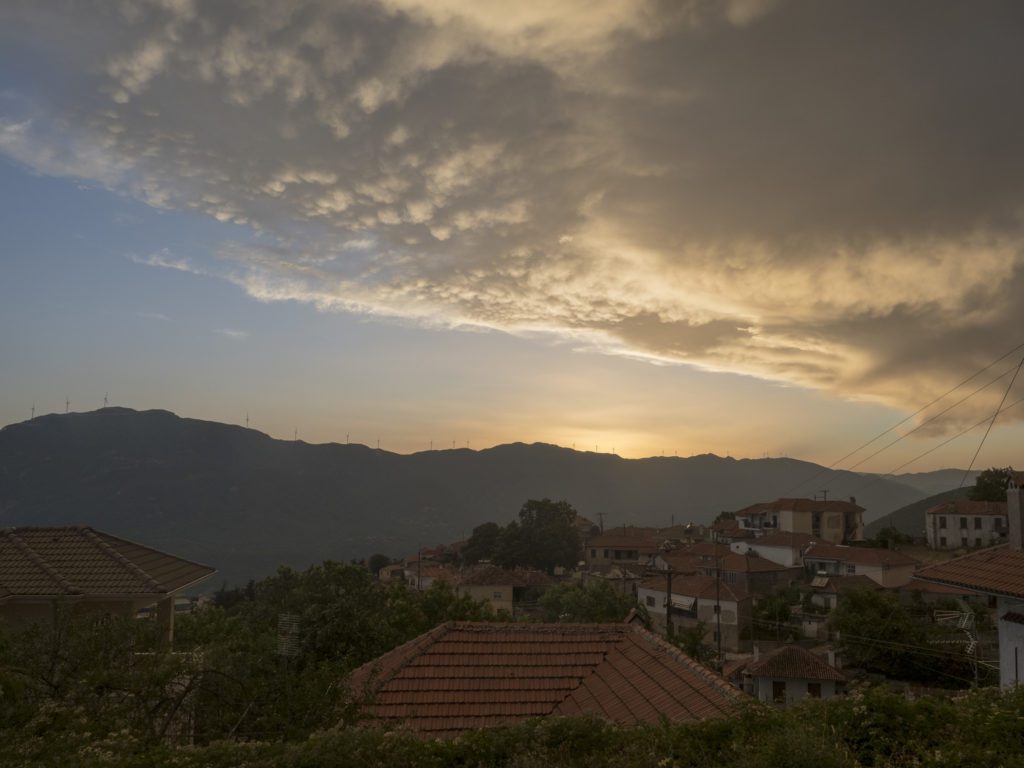
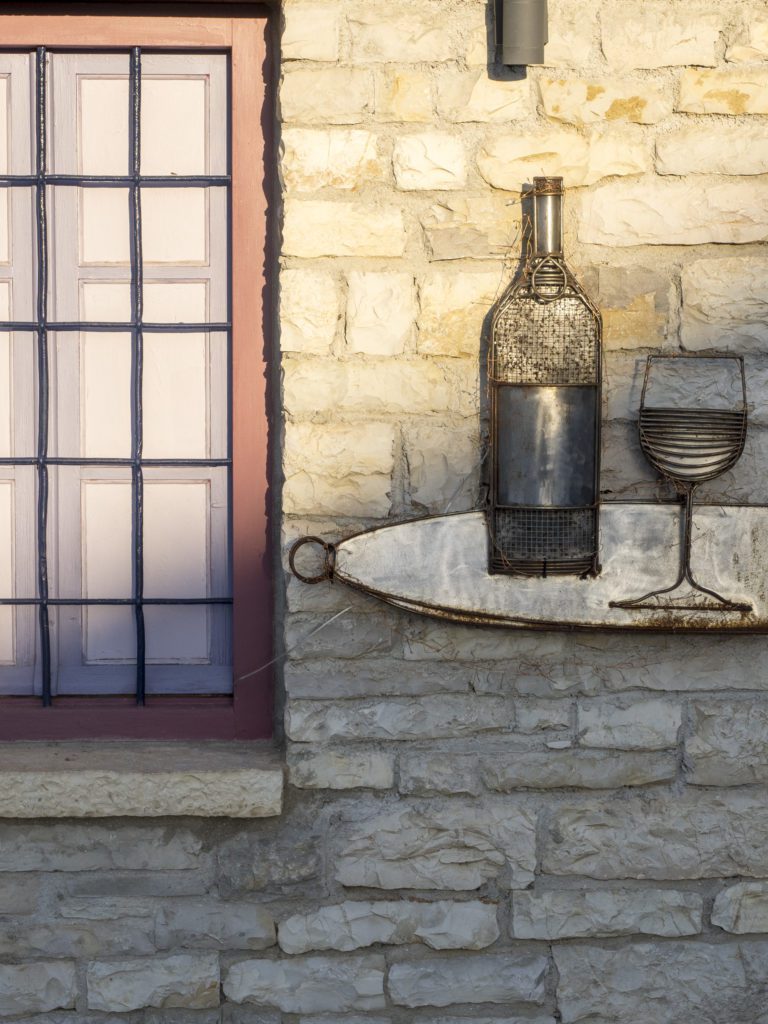
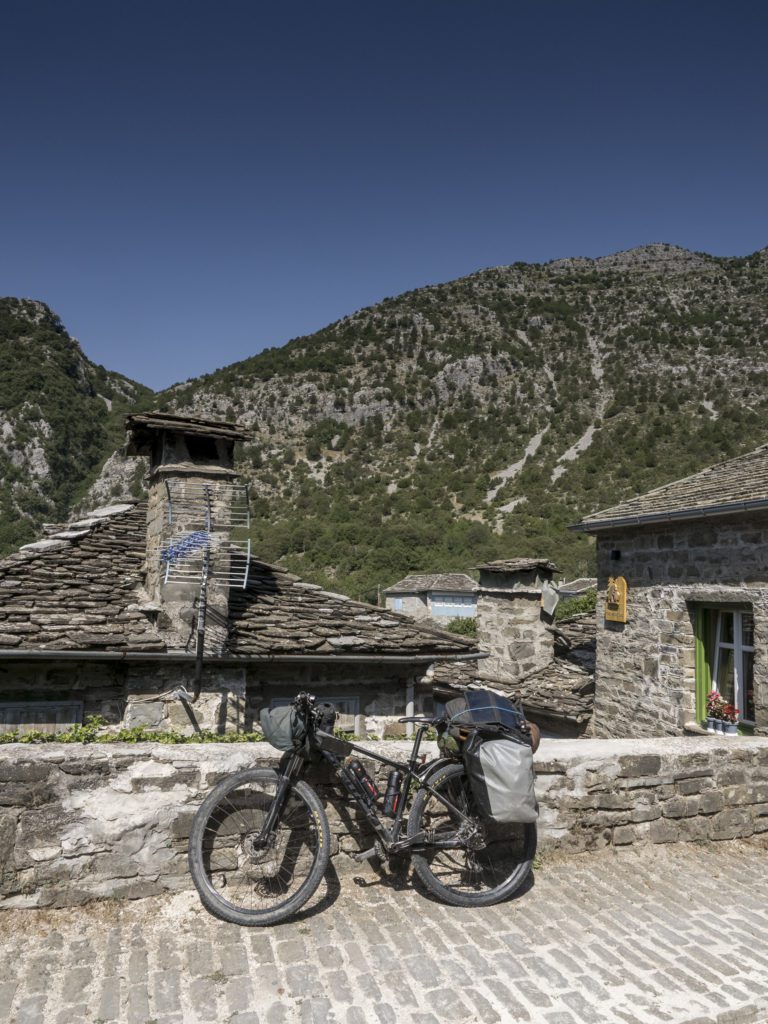
Kokouli to Konitsa
First, you travel through some gorges and forests, and after crossing the Aoos River, you enter a place that, with no exaggeration, can be called the Greek Dolomites. The walls of Mount Tymfi look majestic and raw, and you have to put a lot of effort into looking at the road instead of staring at it.
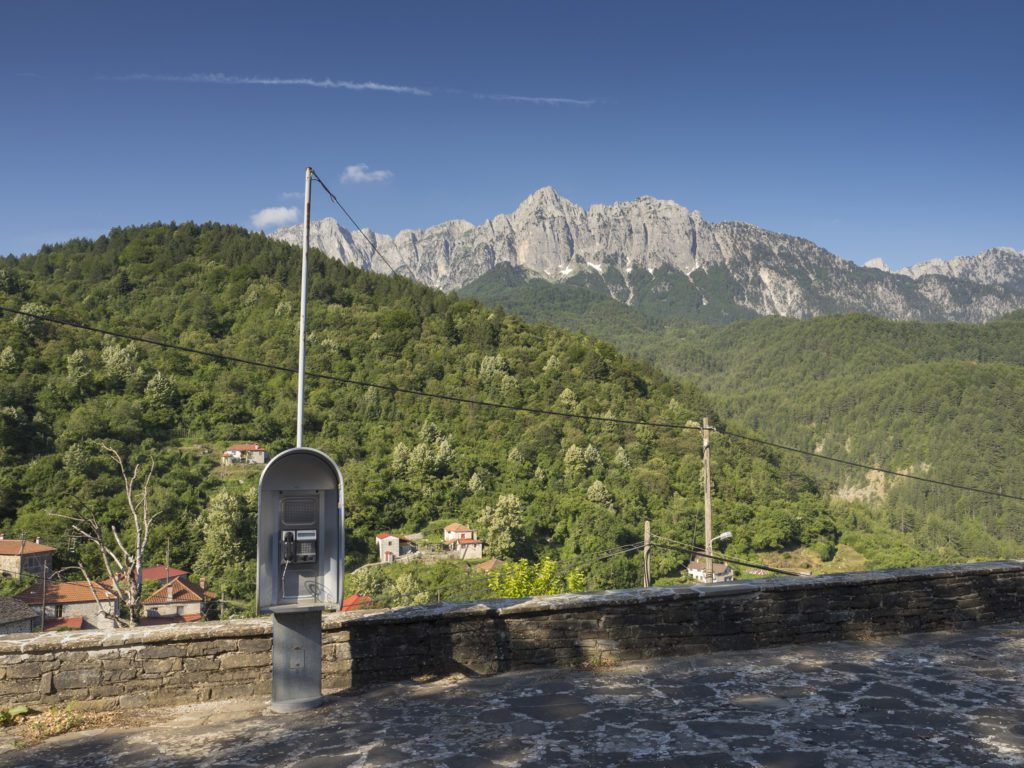
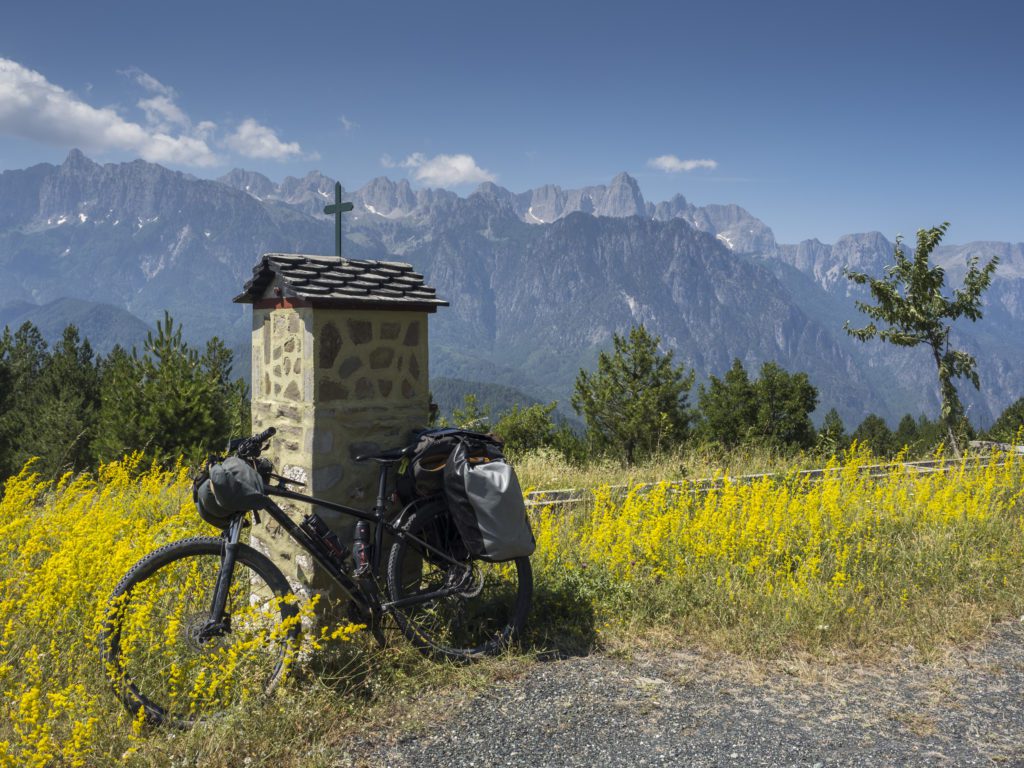
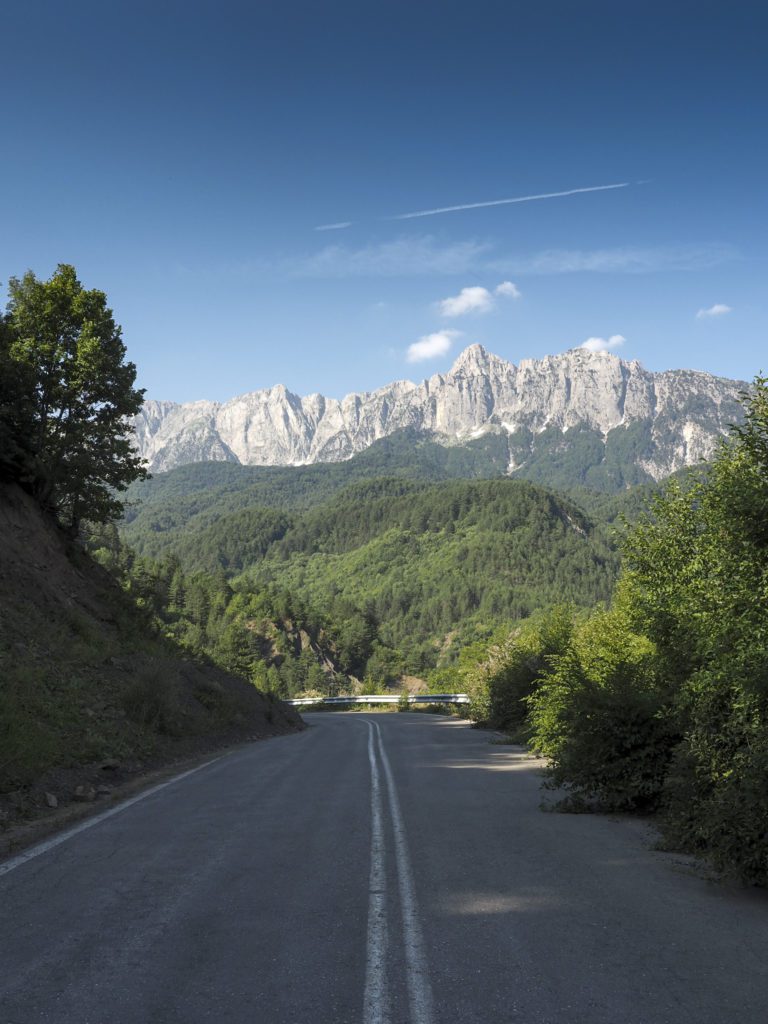
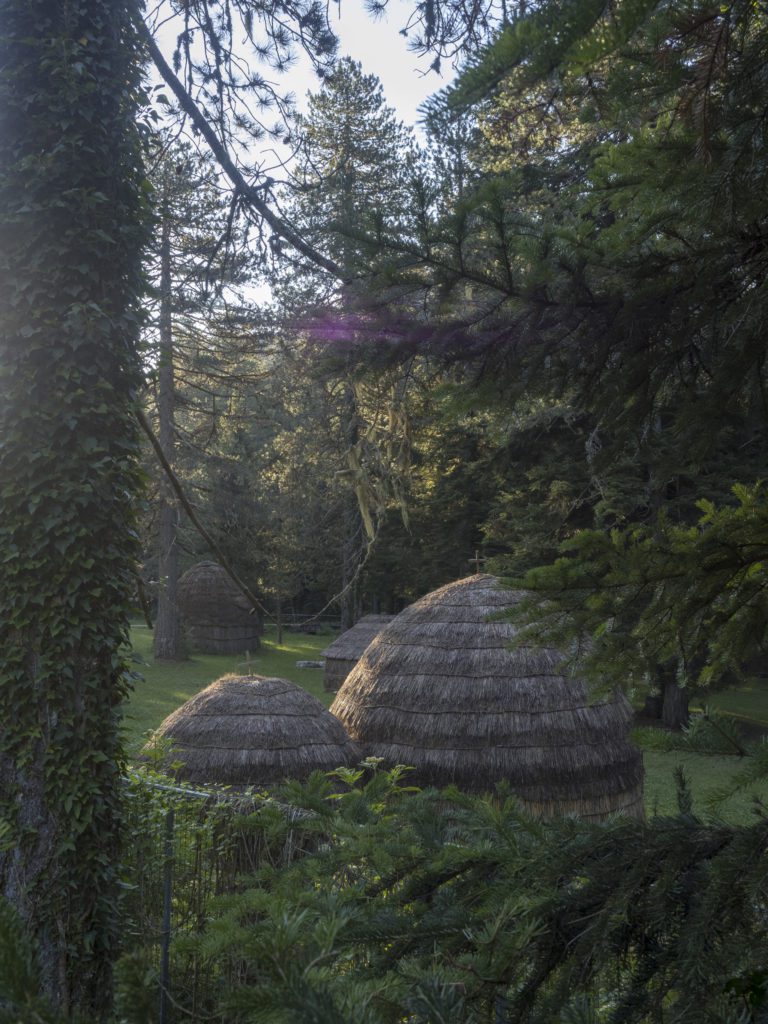
Kokkori Bridge
The region of Zagori is also known for its beautiful stone bridges. One of the most picturesque ones is located on the Vikos River near the Village of Koukoli. The road between the cliffs is one of the most scenic roads my bike has ever ridden.
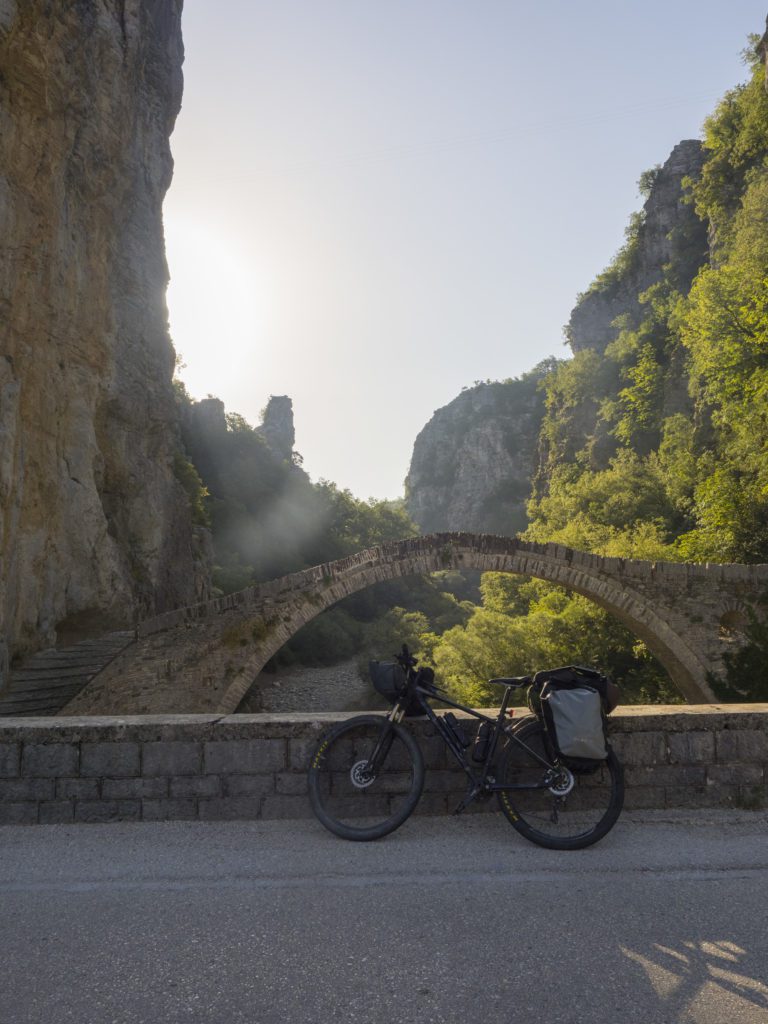
Katara Pass
I didn’t have a chance to cycle through the Katara Pass, but my friend claims it is one of the most amazing roads in Greece.
Since November 2011, the road is only open to residents, and not many people live in this area, so you can be almost sure you’ll have the road to yourself. It will take you to 1705 metres above sea level, mostly on asphalt. Occasionally, the pavement is quite destroyed but still perfectly bikeable.
You’ll get amazing views of the Aoos Valley and the intoxicating aroma of pine trees.
Lake Drakolimni
If you’re into hiking, you might want to leave your bike for a day in Papigo and head to the Drakolimni. This scenic mountain lake lies at 2050 metres above sea level in the Tymfi range and is a rewarding destination for a hike among perpendicular cliffs and majestic mountains.
You can find detailed information on cycling routes in the Pindus region tutaj.
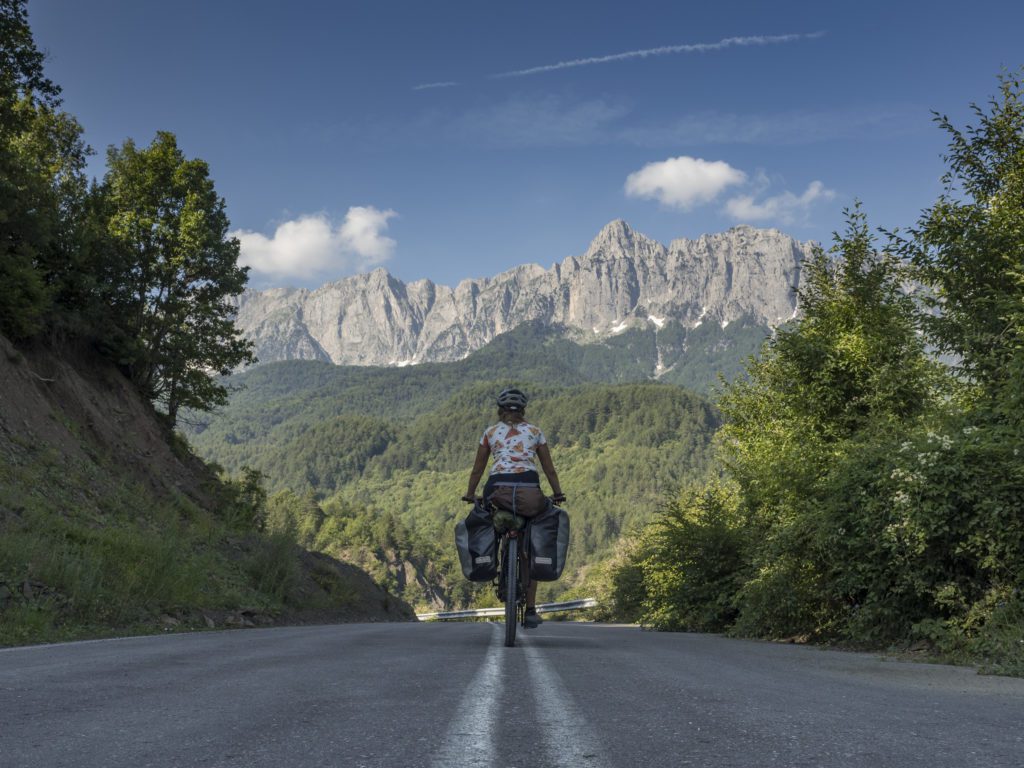
Odnośnik zwrotny: Should you travel with pepper spray? Is pepper spray a good self-defence tool for solo travellers?